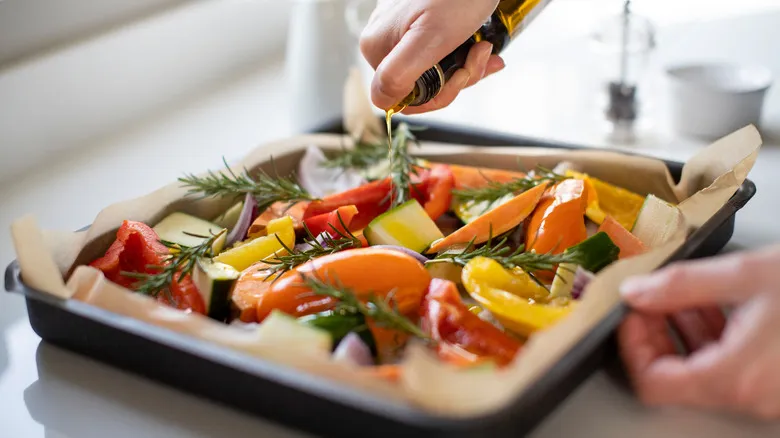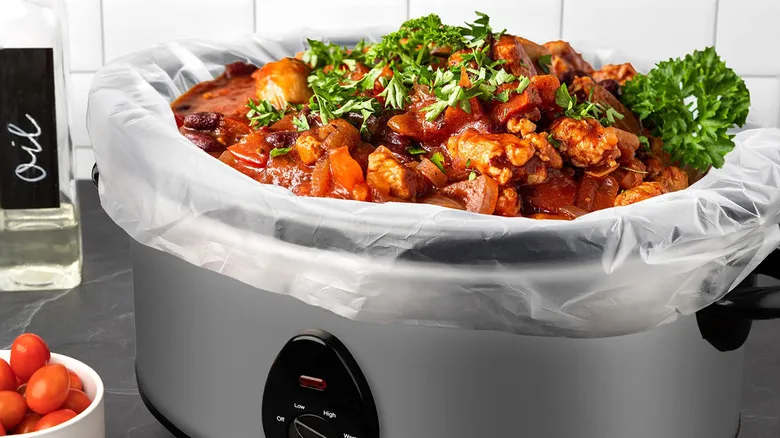Some extras might require a little recipe shuffling

Baking can be quite particular, so it's important to understand that you can't just throw in any ingredients and expect uniform results. For instance, choosing between granulated and powdered sugar for sugar cookies will yield two distinctly different, though equally sweet, outcomes. The same principle applies when deciding between butter and shortening for pie crust, a topic that Christina Tosi has also explored with Chowhound. Moreover, swapping butter for coconut oil can result in crispier cookies. As you might anticipate, Tosi also points out that when adding certain ingredients, you may need to adjust the flour content. "Mix-ins that could melt in the oven, such as toffee bits, marshmallows, or candy cane pieces, might require a bit more flour," she explains.
A key piece of advice for creating the most delicious treats is to conduct a little experiment first. "Before baking an entire batch of cookies, try making a single one — I refer to it as the 'test cookie'," Tosi suggests. "This allows you to assess the balance of flavor, texture, mix-ins, and spread, giving you a chance to make adjustments to the dough before baking the rest — do you need more mix-ins? More flour? More salt? Should you roll it in confectioner's sugar?"
Once you've navigated through all that baking experimentation, many types of cookie dough can be frozen for several months. Many finished cookies also freeze well. When you're ready to enjoy some, simply place them on a plate to thaw or give them a quick reheat in the oven.
Recommended
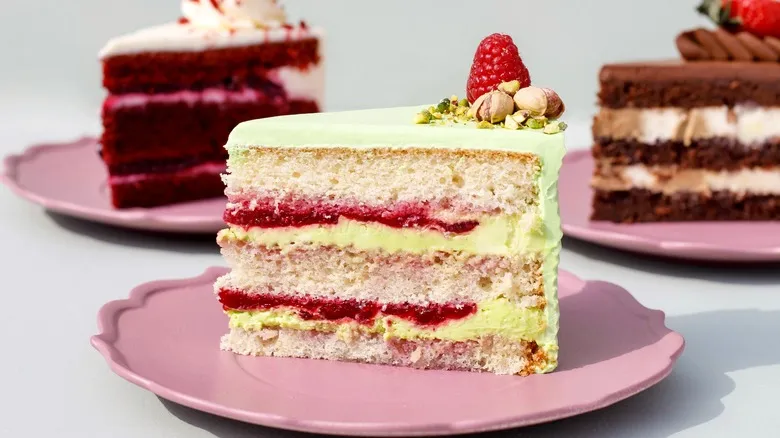
The Scientific Reason Why Your Favorite Soda Can Lead To A Fluffier Cake
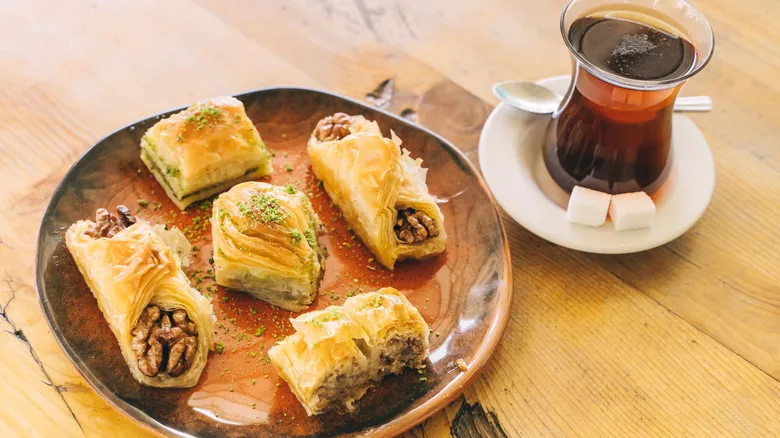
How To Freeze And Defrost Phyllo Dough The Right Way

The International Cookies Everyone Needs, According To Milk Bar's Christina Tosi
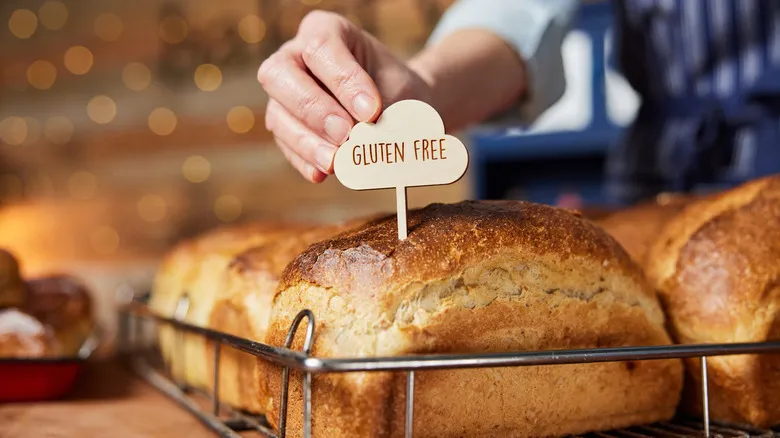
Why Psyllium Husk Is So Crucial For Gluten-Free Bread
Next up



